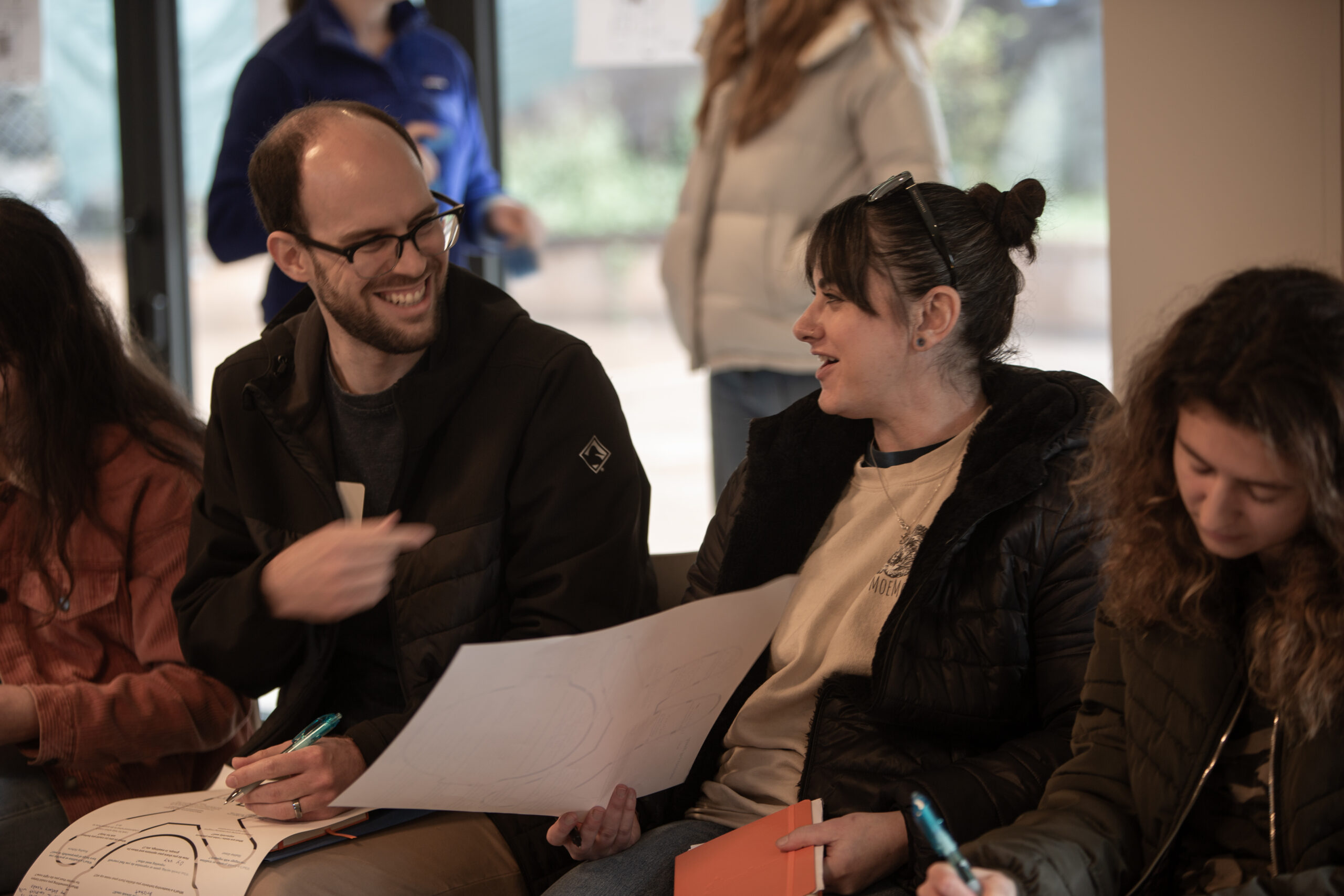By Alex Bolotovsky, CEO of J Leaders
Parsha in a Nutshell
In Noach (Genesis 6:9–11:32), God commands Noah to build an ark, gather his family and the animals, and survive a world-destroying flood. After the waters recede, G-d makes a covenant never to destroy the world again, symbolized by the rainbow. Later, humanity tries to build the Tower of Babel and is scattered when languages multiply.
Diving Deeper
1. Preparing for the Future, Not the Present
When Noah starts the ark, the skies are clear. To his neighbors, it looks absurd: why build a boat for a storm no one else believes is coming? But Noah is building not for today’s reality, but for tomorrow’s. Leadership sometimes means “seeing around corners”: putting structures, systems, and processes in place for a future state that others can’t yet imagine.
2. Resilience After the Flood
When the waters recede, G-d makes a rainbow into a deal with humanity (Gen. 9:12–17). The message isn’t “failure will never happen again,” but “the world will endure.” Resilience doesn’t mean avoiding disaster altogether; it means committing to recovery and renewal after hardship. Leaders don’t promise a storm-free life; they build trust that the community can bounce back.
3. The Tower of Babel: Unity Without Depth
At Babel, the people are perfectly unified, but their goal is self-glory: “Let us make a name for ourselves” (Gen. 11:4). Their teamwork is real, but shallow. The lesson? Alignment alone isn’t enough; purpose matters. For young leaders, it’s a reminder: it’s easy to get swept into projects that look impressive but lack deeper meaning. Real leadership asks not just what we’re building, but why.
Leadership Takeaway
True leadership looks around corners, preparing for a future no one else sees. It builds resilience not by avoiding failure but by ensuring recovery, and it insists on purpose deeper than self-promotion.
Weekly Leadership Challenge
- Future-state thinking: Identify one system or habit you can set up now that will only pay off months or years later.
- Practice resilience: Recall one personal “flood” you endured. What practice or promise (your rainbow) helped you recover? Reconnect with it this week.
- Check the “why”: For one project you’re part of, ask: is this about impact, or just about looking good? Reframe it toward deeper purpose.

